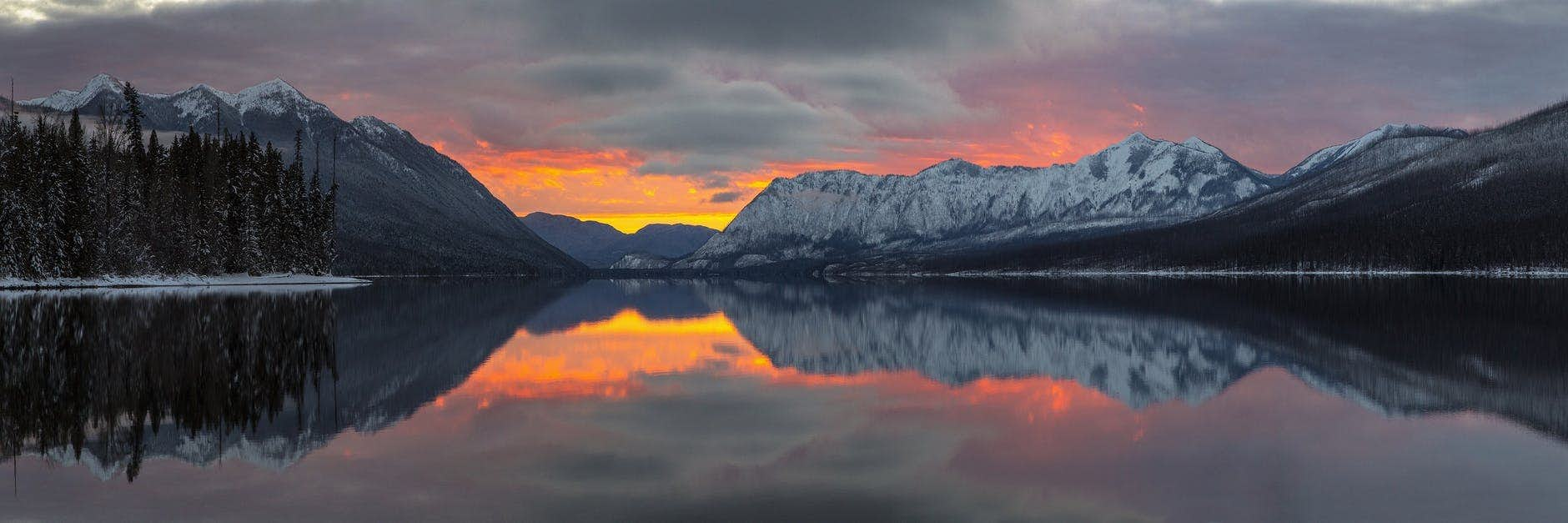
When buying a Jet Card, deicing can run as high as $10,000 per incidence – some programs include it while others don’t.

One reader who had been paying for deicing told me when he was looking at the spreadsheets in Private Jet Card Comparisons, he was shocked to see one of the more than 65 comparison points was the inclusion of deicing expense. Why? He had always paid for it, and when he first started buying Jet Cards, he assumed because his program charged for it, that was the way all the programs worked. He said his sales rep at the time even told him that’s the way business aviation works. He figured it made sense. With costs that range to high four figures, covering deicing is not like adding free catering, which is generally some sandwiches, sodas, minis and a fruit plate.
When asked if it was possible to avoid deicing charges, Magellan Jets’ Todd Weeber, its vice president of services and support, had an interesting answer on the Jet Card seller’s blog, and no, the company doesn’t claim to control the weather. His answer to can you mitigate deicing expenses is, “Absolutely. With enough care and planning, your aircraft can be placed in a hangar the night before any bad weather or even during the day while you are at your meeting. Generally speaking, the cost of putting an aircraft in a hangar is a fraction of the cost of the average deicing process. This holds true at the big, high-rent airports. A $1,500 hangar bill at the major metro airport beats a major metro $9,000 deicing bill every day of the week.”
He adds, “It’s also possible in most circumstances for the aircraft to overnight at a close-by airport with better weather so that it can swoop in the morning of your trip, warm and ice-free for an on-time departure. This kind of finesse-in-planning requires a handful of prerequisites. First, it depends on the quality and experience of the aircraft operator and crew, second, it requires an operation that puts your needs ahead of the needs of the scheduling department, and third, it requires absolute excellence in communications.”
Of the more than 250 Jet Card programs analyzed by Private Jet Card Comparisons, about 100 include deicing. Recently we were talking to the CEO of one Jet Card seller that doesn’t include deicing and his position was simple. The costs of deicing aren’t cheap, so if your program includes deicing, it is baked into what you are paying somewhere. If you are mainly doing warm weather flying, then why pay for other people’s deicing?
Of course, as Weeber points out, there are ways to mitigate the cost of deicing, and in fact, one European Jet Card seller even sells deicing insurance you pay annually – a concept that might make sense for more providers to offer. I’m often asked, “What’s the best Jet Card?” My answer is it depends both on what you value in terms of aircraft and flight crew sourcing protocols and then also your flying patterns. Extra expenses like peak day and destination surcharges, initiation fees, monthly fees, the ability to downgrade aircraft size when it makes sense, CPI escalators, fuel surcharges, fees to bring your pets, discounts for roundtrips and yes – deicing, will all factor into how much you actually end up spending. In other words, just comparing hourly rates is not enough.